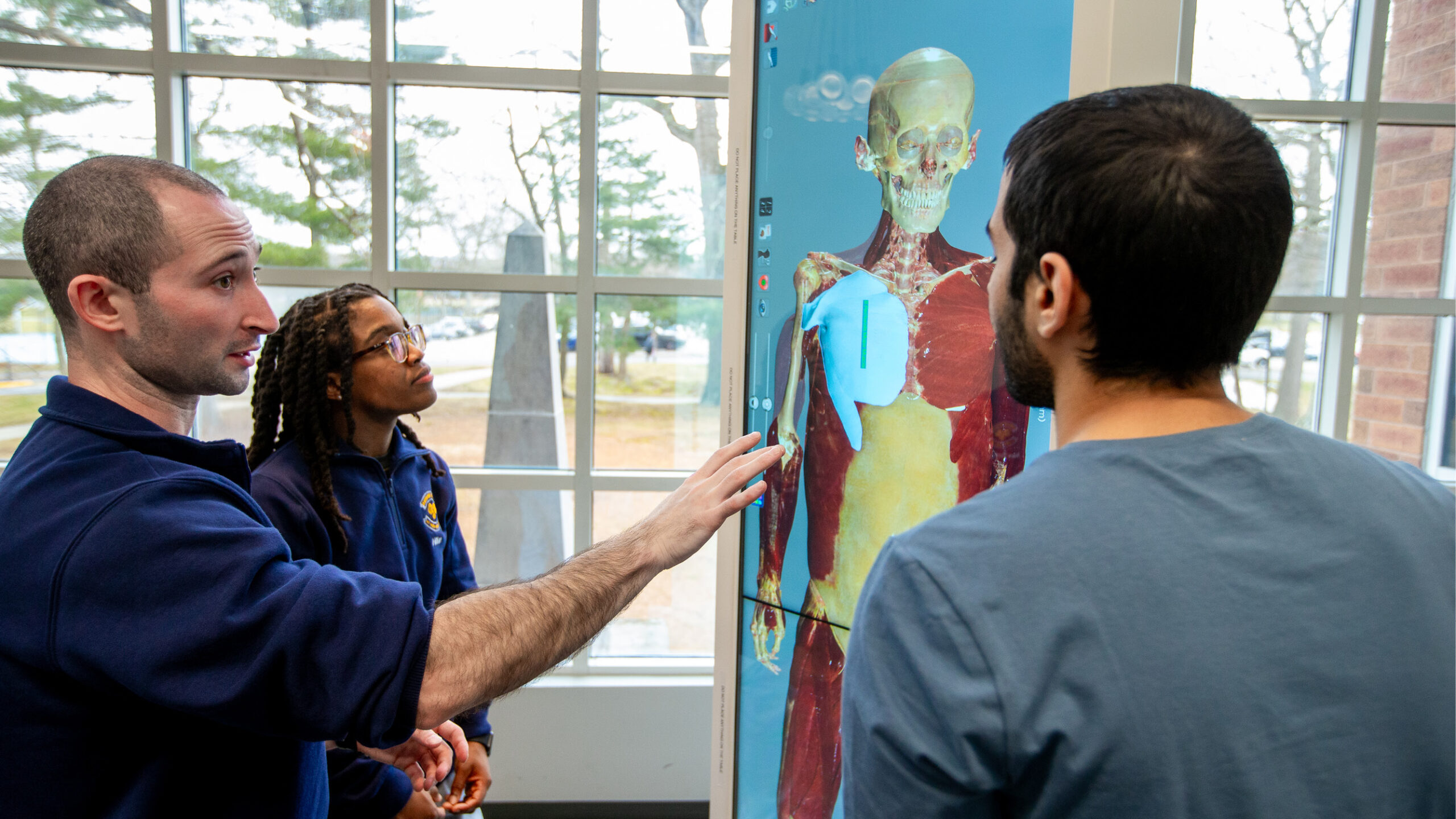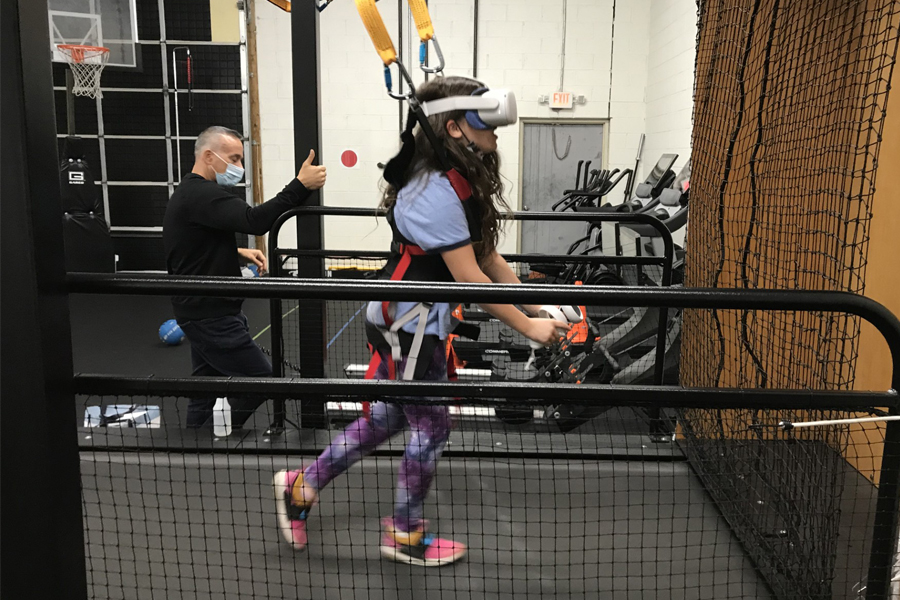Counting Steps Doesn’t Add Up to Enough Exercise
Counting steps as a measure of exercise is misleading and not a useful indicator of daily exercise goals, according to exercise physiologist Alexander Rothstein, Ed.D.

“Hitting 10,000 steps a day helps to prevent long sedentary periods, which are associated with health risks like blood clots and heart disease, but society tends to overestimate the fitness benefits of taking 10,000 steps,” says Rothstein, an assistant professor of exercise science in the School of Health Professions.
The American College of Sports Medicine recommends at least 30 minutes of moderate-intensity cardio exercise five days per week or 20 minutes of vigorous-intensity cardiorespiratory exercise three times per week for most adults, Rothstein says. A combination of the two (moderate and vigorous) at least three to four days a week would also meet these guidelines.
However, nearly half (46 percent) of American adults do not meet guidelines for aerobic or muscle-strengthening activities, according to the latest data from the Centers for Disease Control and Prevention.
On its own, a daily step count goal has a minimal impact on physical fitness. Although everyday walking qualifies as physical activity, it typically lacks the intensity needed to improve cardiovascular or muscular fitness significantly, Rothstein says. “During routine walking, we’re usually not reaching an intensity that sufficiently elevates heart rate or oxygen demand to drive meaningful physiological adaptations,” he explains.
For a more accurate measurement of exercise intensity, Rothstein advises checking your heart rate rather than step count. “Heart rate is a better measurement tool. The time spent in certain heart rate zones can be counted toward the recommended exercise guidelines. In general, the higher your heart rate, the higher the exercise intensity,” he says.
You can raise the intensity and elevate your heart rate while walking by increasing your pace (power walk) or adding some hills, which requires you to work against gravity to propel yourself upward, Rothstein notes. “These factors challenge the body much more than walking at a slower pace or on a flat surface. Walking on an incline activates muscles in the calves, glutes, and hamstrings, especially if you’re moving faster.”
Steps are a great way to track physical activity and prevent sedentary behavior but be sure to plan time for purposeful exercise that challenges the body and elevates the heart rate, Rothstein adds.
More News

Study: VR Helps Children With Autism Participate in Exercise and Sports
A new study by researchers from the School of Health Professions and College of Osteopathic Medicine demonstrates how virtual reality (VR) can help children with autism spectrum disorder participate in exercise.

Innovation in Rehabilitation
Occupational therapy student Nihar Gediya developed a rehabilitative device during a fieldwork placement, fueling his passion for arm and hand therapy treatment.

Starting Off on the Right Foot
Nicole Sheehan, director of undergraduate academic advising, shares valuable tips and resources to help first-year students transition to college smoothly.

Teaching the Next Generation of Nurses
Instructor of Nursing Victoria Cuomo, MSN, FNP-BC, has always known her future would be in healthcare, and she passionately teaches her students all she has learned throughout her career.

Faculty Tenures, Promotions for 2025–2026
Several faculty members have been recognized for their outstanding teaching, scholarship, service, and commitment to the university and its students through tenure and promotions.

Dedicated to the Pursuit of Knowledge
Students and alumni from the College of Arts and Sciences, School of Health Professions, and College of Osteopathic Medicine shared research findings at impressive industry conferences.